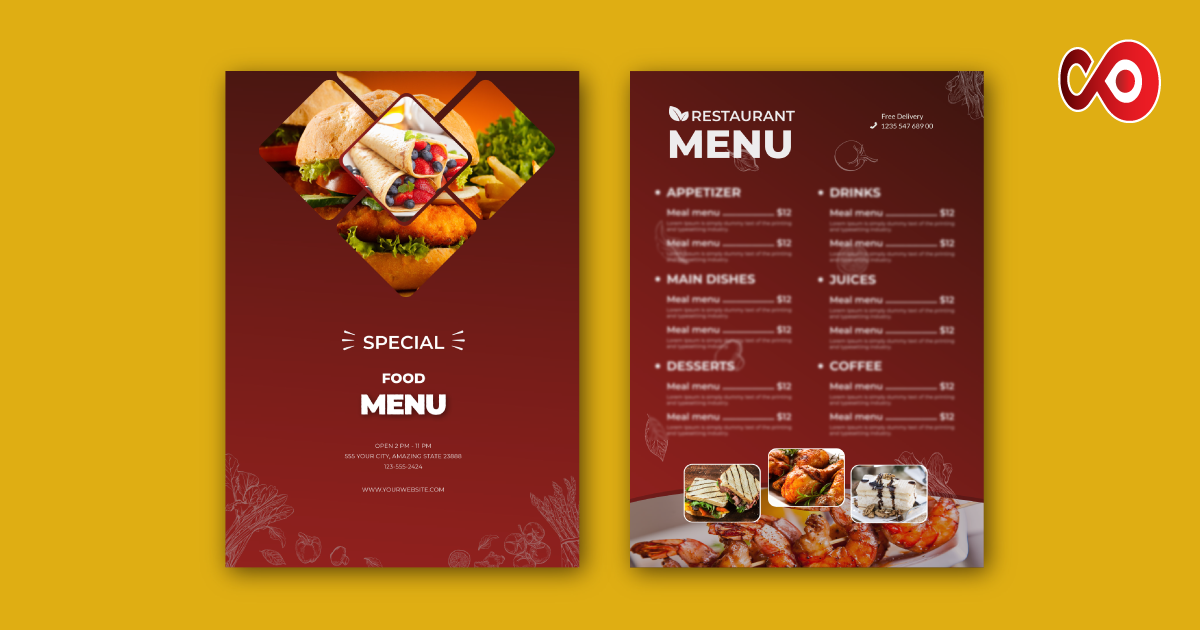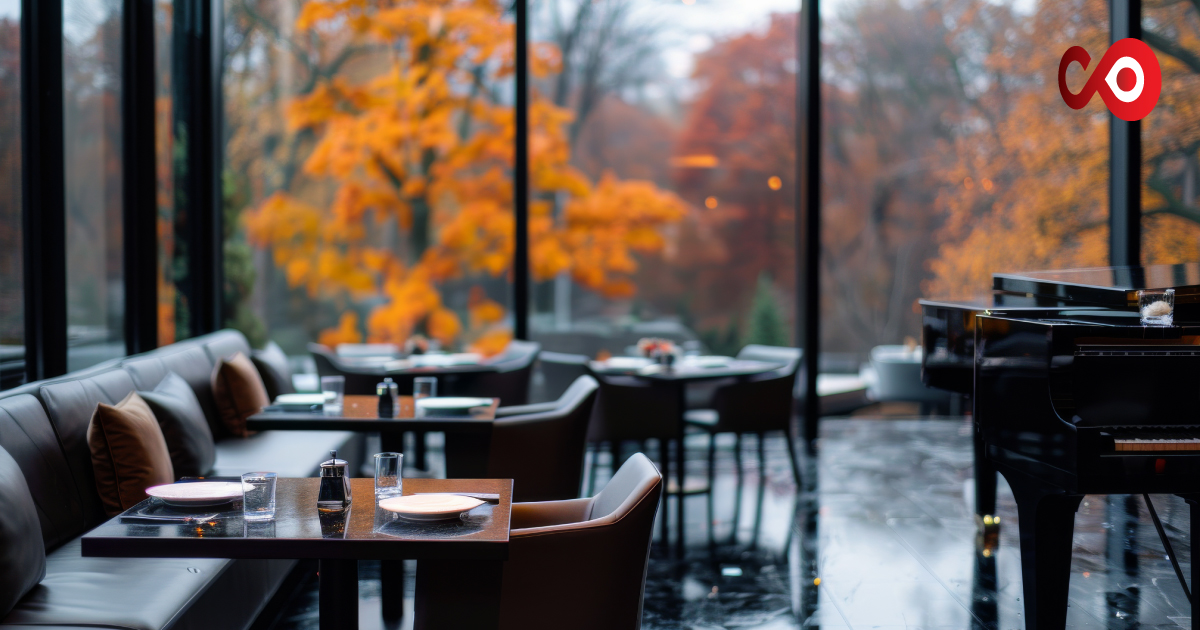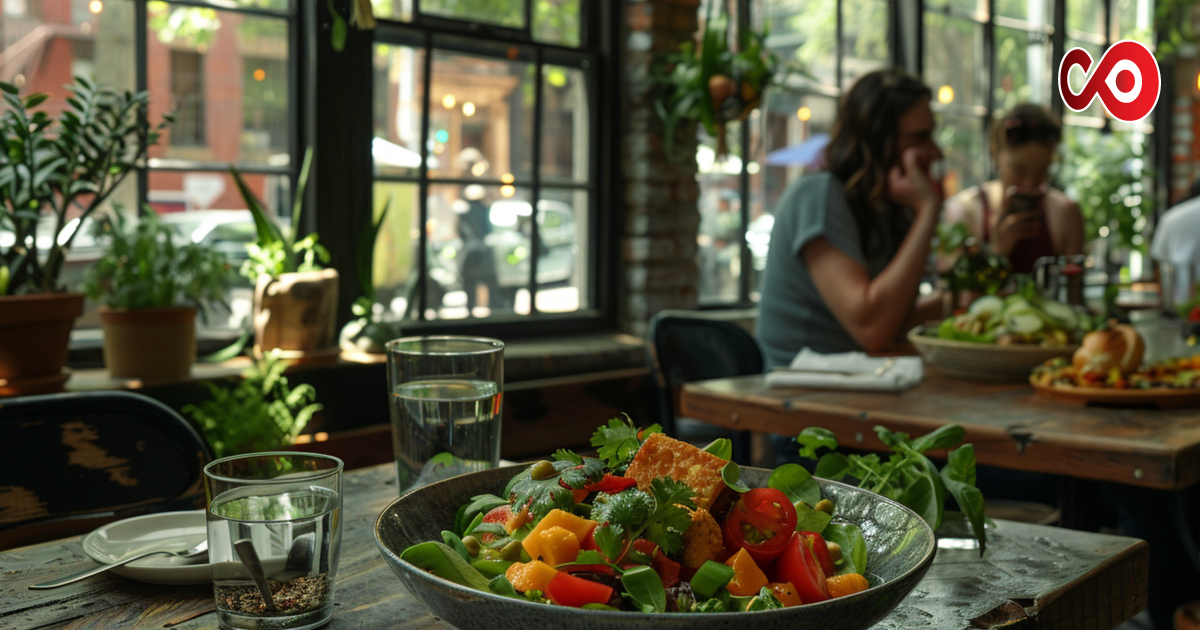Launching a new restaurant is an exciting venture that involves a multitude of decisions, one of the most important decisions being your menu selection. The menu is the heart and soul of your establishment, it shapes the identity of your restaurant and influences customer experiences. It’s important to choose what to include, it’s equally vital to know which menu items to avoid. A well-thought-out menu not only appeals to customers but also optimises operational efficiency and profitability. Here, we’ll explore the key menu items you should avoid when launching a restaurant.
1. Overly Complicated Dishes
Why You Should Avoid Them
If you include overly complicated dishes in your menu, it can overwhelm both your kitchen staff and your customers. Complex recipes often require specialised ingredients and extensive preparation time, which can lead to inconsistent quality and longer wait times. For new restaurant owners, this can spell disaster, especially when you’re still fine-tuning your operations.
What to Do Instead
Focus on creating a balanced menu with dishes that are easy to prepare but still offer great taste and presentation. Utilise the menu design online options to visually organise these dishes in a way that highlights their appeal without overwhelming your customers.
2. Menu Items with Limited Appeal
Why You Should Avoid Them
You might be tempted to include exotic or niche items to stand out, but keep in mind, that such items often have limited appeal. They might attract a small group of enthusiasts but more likely, they will alienate the broader customer base. Additionally, these items can result in increased food waste if they’re not ordered frequently.
What to Do Instead
Conduct market research to understand your target audience’s preferences. Use this information to craft a menu that has broad appeal while still offering unique twists. Consider working with menu design and printing professionals who can help you create a menu that is both appealing and functional.
3. Dishes Prone to High Food Costs
Why You Should Avoid Them
There are certain dishes that require expensive ingredients or have high preparation costs, which can reduce your profits. Items like seafood, imported cheeses, or prime cuts of meat may seem attractive but can significantly increase your food costs.
What to Do Instead
Opt for dishes that use seasonal, locally-sourced ingredients which are usually cheaper and fresher. A well-planned ala carte menu design can help you highlight these items, making them the stars of your menu while keeping costs in check.
4. Items That Don’t Align with Your Brand
Why You Should Avoid Them
You have to be consistent to make your branding a success. If you Include items that don’t align with your restaurant’s theme or concept, you can confuse customers and dilute your brand identity. For instance, a Mediterranean restaurant serving sushi can create a disjointed experience.
What to Do Instead
Ensure that every item on your menu complements your restaurant’s overall theme and concept. You can use menu design online services to maintain a consistent aesthetic and messaging throughout your menu.
5. Highly Perishable Items
Why You Should Avoid Them
Highly perishable items can lead to increased food spoilage and waste, affecting your bottom line. These items require you to manage your inventory very strictly and also replenish items frequently, which can be challenging for new restaurant owners.
What to Do Instead
To minimise waste, choose ingredients with a longer shelf life or those that can be used across multiple dishes. Engage with menu printing UK services to print updated menus reflecting seasonal changes and ingredient availability.
6. Going with Trendy Food Items
Why You Should Avoid Them
Trendy food items can attract initial interest but often have a short lifespan. Once the trend fades, these items can become obsolete, leaving you with a menu that feels outdated and irrelevant.
What to Do Instead
Instead of chasing trends, focus on creating a menu that offers timeless appeal with a few innovative touches. Try to keep your menu fresh and modern without overly relying on fleeting trends.
7. Menu Items That Are Hard to Describe
Why You Should Avoid Them
If customers cannot understand a dish from its description, they’re less likely to order it. Ambiguous menu items can lead to confusion and dissatisfaction.
What to Do Instead
Ensure that each menu item has a clear, concise description that highlights its key ingredients and flavours. Utilising menu design online tools can help you craft these descriptions effectively, making it easier for your customers to understand the item and be more interested.
8. Items That Require Specialised Equipment
Why You Should Avoid Them
Dishes that require specialised equipment can complicate kitchen operations and increase overhead costs. If your kitchen staff isn’t familiar with the equipment, they can make mistakes, increasing inefficiency.
What to Do Instead
Design your menu around dishes that can be prepared using standard kitchen equipment. Doing this will make training easier and improve overall kitchen efficiency. Consult with experts to layout your menu in a way that emphasises these efficient dishes.
9. Overly Large Menus
Why You Should Avoid Them
A large menu can overwhelm customers and slow down service. It also requires maintaining a vast inventory, leading to increased waste and higher operational costs.
What to Do Instead
Curate a concise, focused menu that highlights your restaurant’s best offerings. Use menu design online services to create an organised and visually appealing menu that guides customers through your selections with ease.
10. Items That Don’t Consider Dietary Restrictions
Why You Should Avoid Them
Ignoring dietary restrictions can alienate a significant portion of your potential customer base. In today’s dining landscape, it’s crucial to offer options for various dietary needs, including vegetarian, vegan, gluten-free, and allergen-free choices.
What to Do Instead
You can include a variety of dishes that cater to different dietary preferences. Highlight these options using a la carte menu design to ensure they’re easily identifiable by customers with specific dietary needs.
Optimising Your Menu Design and Printing
Creating a well-balanced menu is only half the battle. How you present your menu is equally important. Here are some tips to optimise your menu design and printing process:
- Work with Professionals: Engage with menu printing professionals who understand the local market and can provide high-quality, durable menus.
- Use High-Quality Images: Include professional photos of your dishes. Visual appeal can significantly influence customer choices.
- Keep It Simple: Avoid cluttered designs. Use menu design online services to create clean, easy-to-read menus that enhance the dining experience.
- Regular Updates: Regularly update your menu to reflect seasonal changes, new dishes, or promotions. This keeps your offerings fresh and exciting.
- Test and Iterate: Gather customer feedback on your menu and adjust as needed. A/B testing different menu designs can provide valuable insights into what works best.
Parting Thoughts
Launching a successful restaurant requires careful planning and attention to detail, especially when it comes to your menu. Considering the points mentioned in this article, you can create an appealing and profitable menu. Utilise the latest tools in menu design and printing to ensure your menu looks great and enhances the overall dining experience. Remember, a well-crafted menu is a powerful tool that can set your restaurant on the path to success, making it easier to get nominated for awards such as the Asian Restaurant and Takeaway Awards(ARTA).





